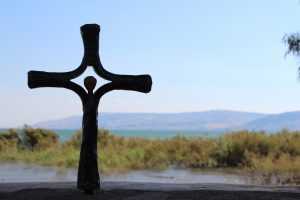
20 Christian Pilgrimage Sites in Israel: The Guidebook
Israel, often called the birthplace of Christianity, is a land steeped in history, holding deep significance for believers. Christian pilgrimage sites abound in this small
The rich history of Roman ruins in Israel stretches back thousands of years, making these archaeological sites invaluable in preserving ancient heritage. From the grand amphitheaters of Caesarea to the well-preserved city of Beit She’an, these ruins offer a captivating journey into the past. Exploring the Roman ruins in Israel is a fascinating experience for all types of travelers, whether seeking adventure or a deeper religious connection. The remnants of Roman bathhouses, temples, and amphitheaters provide a glimpse into the daily life and culture of ancient civilizations. Each site holds unique stories waiting to be discovered, making it a must-visit destination for history enthusiasts and travelers alike.
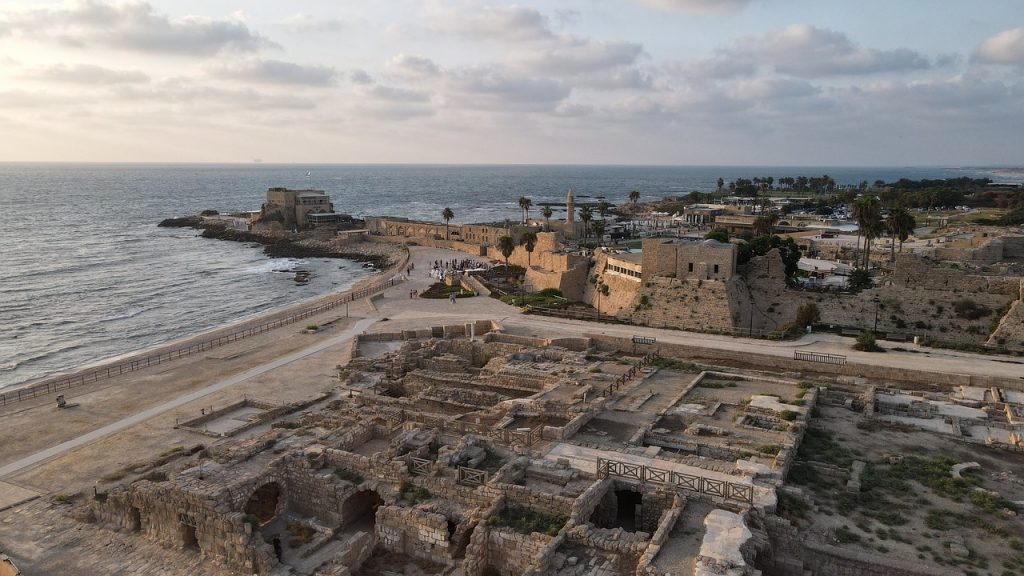
Caesarea is a city located along the Mediterranean coast of Israel and accessible from Tel Aviv by train or car. This is an exceptional site with a rich history as a prominent Roman city. One of the most significant Roman ruins in Israel found here is the Roman amphitheater. This well-preserved structure hosted thrilling events, including chariot races and gladiator contests, reflecting the Roman culture and entertainment of the time. Another remarkable Roman ruin in Caesarea is the Herodian harbor, a marvel of engineering that played a crucial role in ancient trade and commerce. Besides the amphitheater and the harbor, Caesarea boasts other intriguing Roman ruins, such as the Roman hippodrome, where horse races were held, and the remains of a luxurious Roman villa. Exploring these Roman ruins in Israel offers a captivating glimpse into the grandeur and significance of this ancient city’s past.
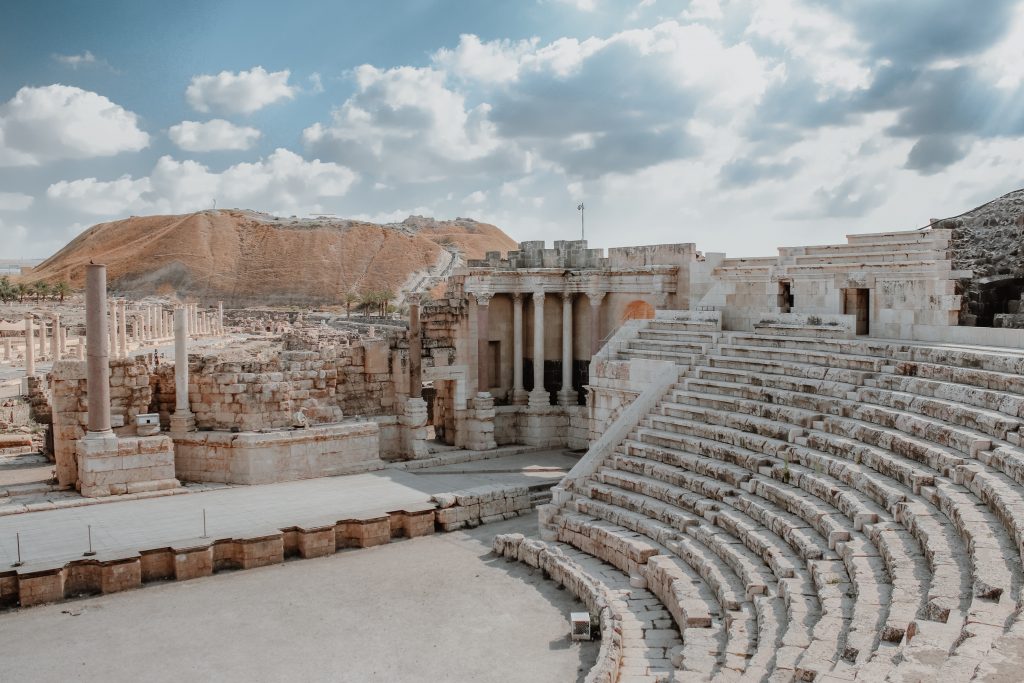
Beit She’an, situated in northern Israel, is easily accessible by car or public transportation, making it a perfect destination for exploring Roman ruins in Israel. With a history dating back thousands of years, this ancient city has witnessed the rise and fall of different civilizations. One of its remarkable Roman ruins is the well-preserved Roman theater, which hosted theatrical performances and cultural events in ancient times. This theater witnessed historical events, including the Roman conquest of Jerusalem and the Bar Kokhba revolt. Another captivating attraction in Beit She’an is the Roman bathhouses, a vital part of daily life in the Roman era, offering a glimpse into ancient bathing rituals and social customs.
Apart from the theater and the bathhouses, Beit She’an boasts other significant Roman artifacts, such as the colonnaded streets, temples, and elaborate mosaics that reflect the grandeur of the Roman period. Exploring these Roman ruins in Israel provides a fascinating journey into the past, uncovering the rich history and cultural heritage of this ancient city.
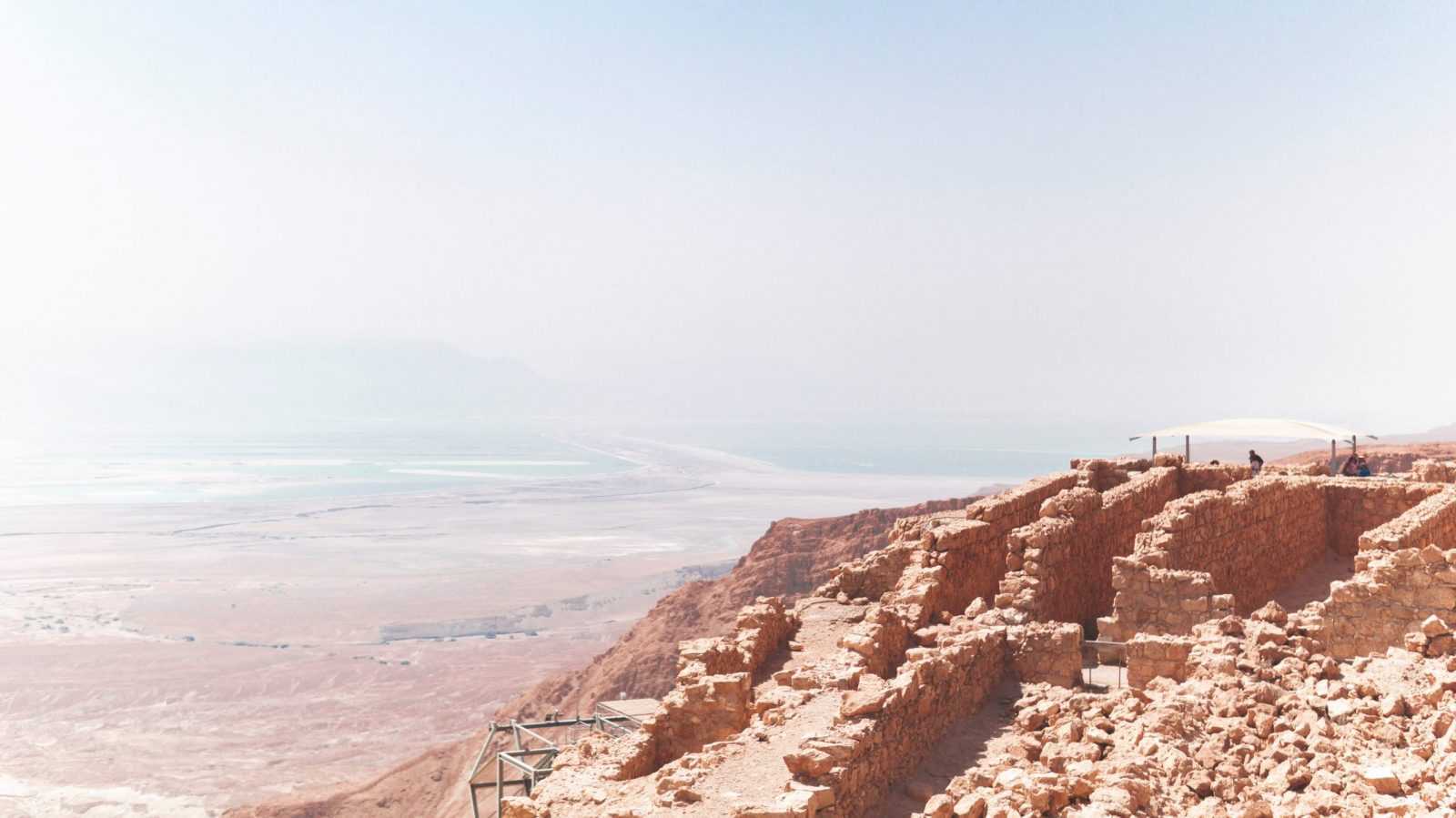
Masada, located in the Judean Desert of Israel, is reachable by car or organized tours, making it a popular destination among those exploring Roman ruins in Israel. The history of Masada dates back to the ancient times when it served as a fortress during the Roman period. One of the remarkable Roman ruins on Masada is the Roman siege ramp, a military feat used by the Romans during their siege of the fortress. This event marked a significant historical moment during the First Jewish-Roman War.
Additionally, Masada houses Roman bath houses and palaces that were integral to daily life, reflecting the luxurious lifestyle of the Roman elite. Apart from the Roman siege ramp and bathhouses, visitors can explore other significant Roman artifacts on Masada, including Roman-style frescoes and mosaic floors, providing insights into the Roman influence in this historical site. Exploring Masada offers a captivating journey into the past, unraveling the military and cultural significance of this ancient Roman fortress.
Bet Guvrin-Maresha National Park, situated in the southern region of Israel, is easily accessible by car or guided tours, drawing enthusiasts of Roman ruins in Israel. This archaeological wonder holds a rich history, as it was once a prominent city during Roman times. The Roman amphitheater found here served as a hub for entertainment, hosting gladiatorial contests and theatrical performances. These events showcased the grandeur of Roman culture and its influence on the region. Another intriguing feature of the park is the Roman burial caves, characterized by their unique and elaborate designs. The caves provide insights into ancient burial practices and traditions of the time.
Besides the amphitheater and burial caves, the park boasts other Roman ruins and structures, such as the Crusader fortress and the Bell Caves, making it a captivating destination for history enthusiasts and adventure seekers alike. Exploring Bet Guvrin-Maresha National Park offers a mesmerizing journey through time, unveiling the splendor and significance of ancient Roman civilization in this remarkable archaeological site
Tiberias, a Roman city on the Sea of Galilee, is a captivating destination for exploring Roman ruins in Israel. Visitors can reach Tiberias easily by car or guided tours, and the city holds a significant history both as a Roman hub and a place of religious importance. The Roman hot springs are a notable attraction, known for their therapeutic significance and the ancient belief in their healing properties. These springs have a rich history, attracting pilgrims and travelers seeking relief and restoration. Apart from the hot springs, Tiberias boasts various other Roman remains and structures, such as the ancient city walls and the Roman theater, offering a glimpse into the splendor of Roman civilization. Exploring Tiberias allows one to immerse themselves in the fascinating world of ancient history and the religious significance of this remarkable Roman city.

Jerusalem, the ancient capital of Israel, holds a treasure trove of Roman ruins waiting to be explored. To reach this historic city, visitors can take various transportation options, including buses and trains. The Romans had a significant impact on Jerusalem’s history, leaving behind an array of architectural wonders. Among the Roman ruins are the Roman and Eastern Cardo, ancient streets once bustling with merchants and travelers. The Tower of David, a prominent citadel initially built by King Herod, also bears traces of Roman influence from later expansions.
Near the Tower of David, one can discover the Roman Bathhouses, where visitors can learn about ancient Roman bathing practices. These structures offer a glimpse into the daily lives of Roman inhabitants and the importance of communal bathing in their culture. In addition to these sites, Jerusalem boasts many other Roman remains and structures scattered throughout the city. Exploring Jerusalem’s Roman ruins provides a captivating journey into the past, unraveling the legacy of the Roman Empire in this historic and sacred city.
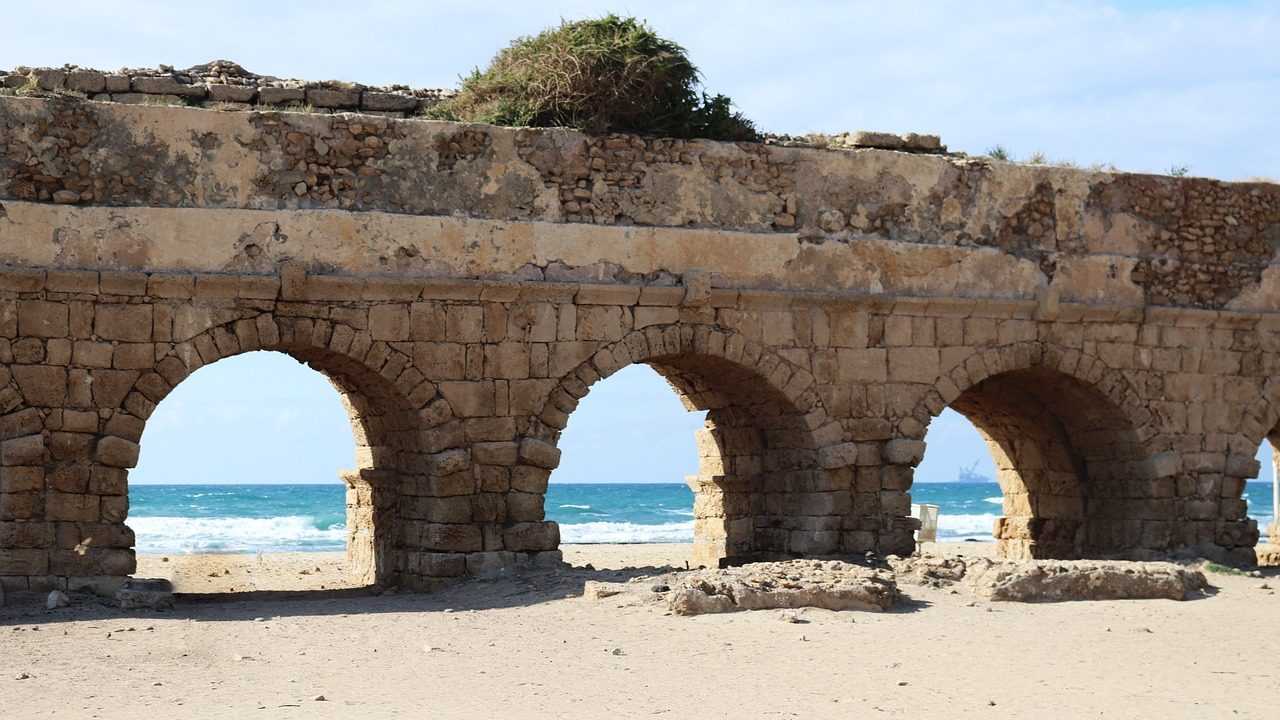
Roman aqueducts in Israel are a fascinating network of ancient structures, showcasing the engineering prowess of the Roman Empire. These aqueducts played a vital role in supplying water to cities and communities, making them significant Roman ruins in Israel. The history of Roman aqueducts in Israel dates back to the 1st century BCE and continued to flourish during Roman rule. The aqueducts were instrumental in sustaining urban centers, agriculture, and fortifications, ensuring a stable water supply for daily life and military operations.
Notable sections of the aqueducts can be found across Israel, with impressive remnants in cities such as Caesarea, Caesarea Maritima, and Jerusalem. The Caesarea aqueduct, known for its grandeur, supplied water to the city and its port. In Caesarea Maritima, the aqueduct extended for miles, carrying water from the springs at the foot of Mount Carmel. In Jerusalem, remnants of the Herodian aqueducts can be found, a testament to the ingenuity of Roman engineering. These aqueducts were crucial in providing water to the city during the Roman and Byzantine periods.
Exploring the Roman aqueducts in Israel offers a remarkable glimpse into the ancient world, where advanced engineering met practicality, leaving behind an enduring legacy of the Roman Empire’s influence on this historic land.


Israel, often called the birthplace of Christianity, is a land steeped in history, holding deep significance for believers. Christian pilgrimage sites abound in this small

In the heart of the Middle East lies Jerusalem, a city steeped in history, culture, and religious significance. Positioned at the crossroads of civilizations, Jerusalem
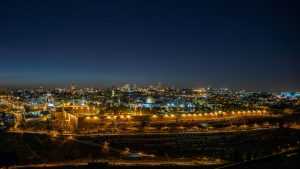
Jerusalem, a city that never sleeps, transforms into a captivating wonderland after dark. From exploring the enchanting Old City streets to indulging in local ice
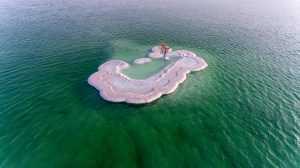
Welcome to a week-long adventure in Israel! Discover what to do in Israel for a week and immerse yourself in its rich history and diverse
